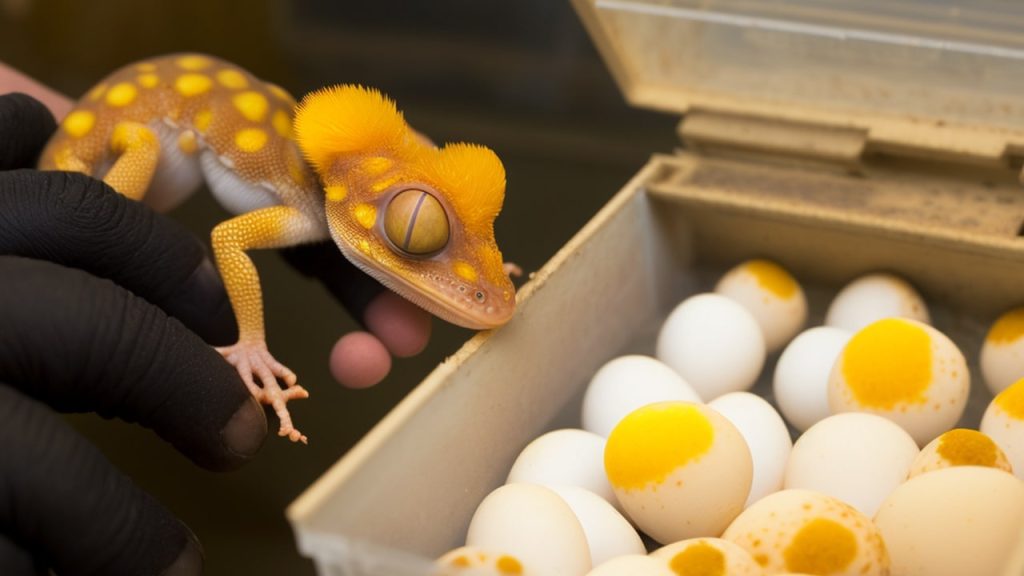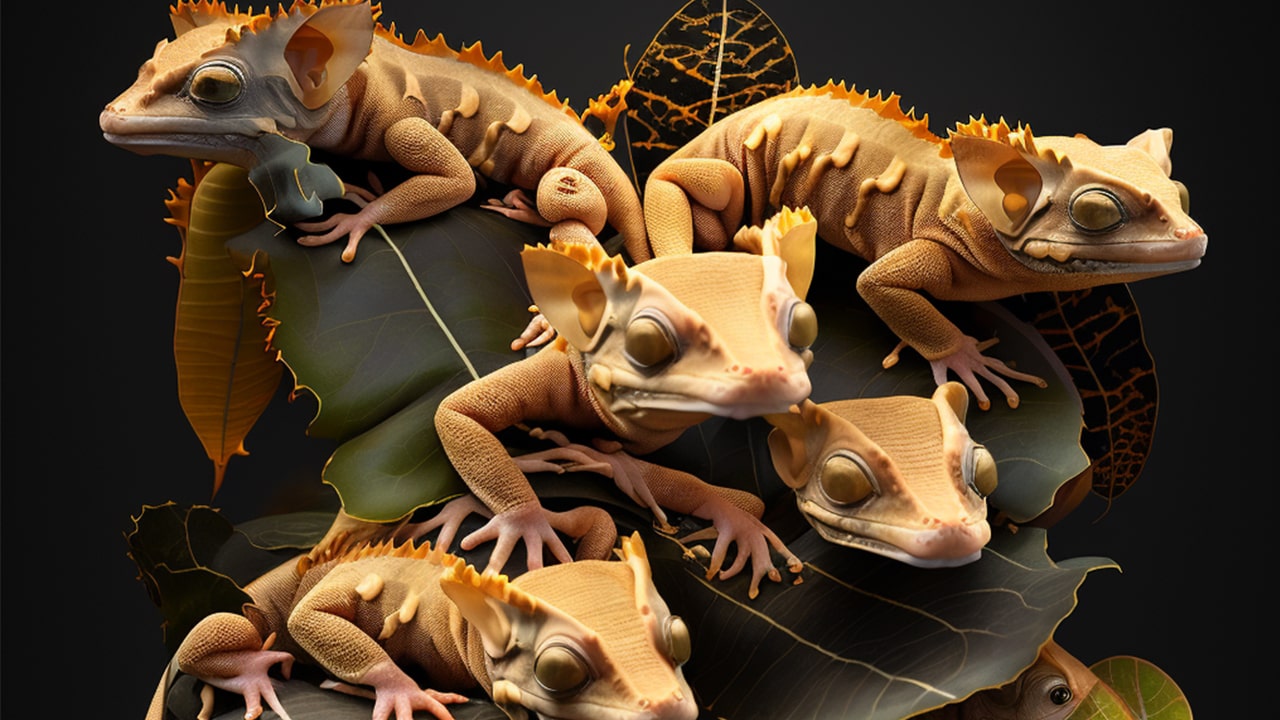Breeding Crested Geckos can be an exciting and rewarding experience for reptile enthusiasts. This guide will provide you with everything you need to know about breeding Crested Geckos, including breeding requirements, egg incubation, and hatchling care.
Breeding Requirements
Crested Geckos are sexually mature at around 15 months of age, and breeding can take place at any time during the year. The breeding season, however, typically begins in the spring and continues through the fall. For successful breeding, you will need to have a healthy adult male and female Crested Gecko.
It is recommended to introduce the male to the female’s enclosure rather than the other way around. This will help to reduce the likelihood of territorial aggression from the male. The male and female should be left together for a period of 3-4 weeks. During this time, the male will likely mate with the female multiple times.
Egg Incubation
After successful mating, the female will lay her eggs within a few days. It is important to provide a suitable egg-laying site, such as a plastic container filled with moistened vermiculite. The container should be placed in a warm and humid location, such as an incubator, with a temperature of around 80 degrees Fahrenheit.
The eggs will typically hatch after 60-90 days. It is important to monitor the temperature and humidity levels to ensure the eggs are developing properly. If the temperature or humidity levels are too high or too low, it can result in deformed or non-viable eggs.
Hatchling Care
Once the eggs have hatched, the hatchlings should be left in the incubator for a few hours to allow them to absorb their yolk sacs. After this, they can be carefully removed and placed into individual enclosures. Hatchlings should be housed separately to avoid any potential aggression from other Crested Geckos.

It is important to provide a suitable enclosure for hatchlings, such as a small plastic container with a secure lid. The enclosure should be filled with moistened substrate, such as coconut fiber, and provide adequate hiding places and a shallow dish of water. Hatchlings should be fed a diet of appropriately sized insects, such as fruit flies or pinhead crickets.
Conclusion
Breeding Crested Geckos can be a fascinating and rewarding experience for reptile enthusiasts. By following these breeding requirements, egg incubation, and hatchling care guidelines, you can ensure a successful and healthy breeding process. With proper care and attention, your Crested Geckos will thrive and bring joy to your reptile collection.


